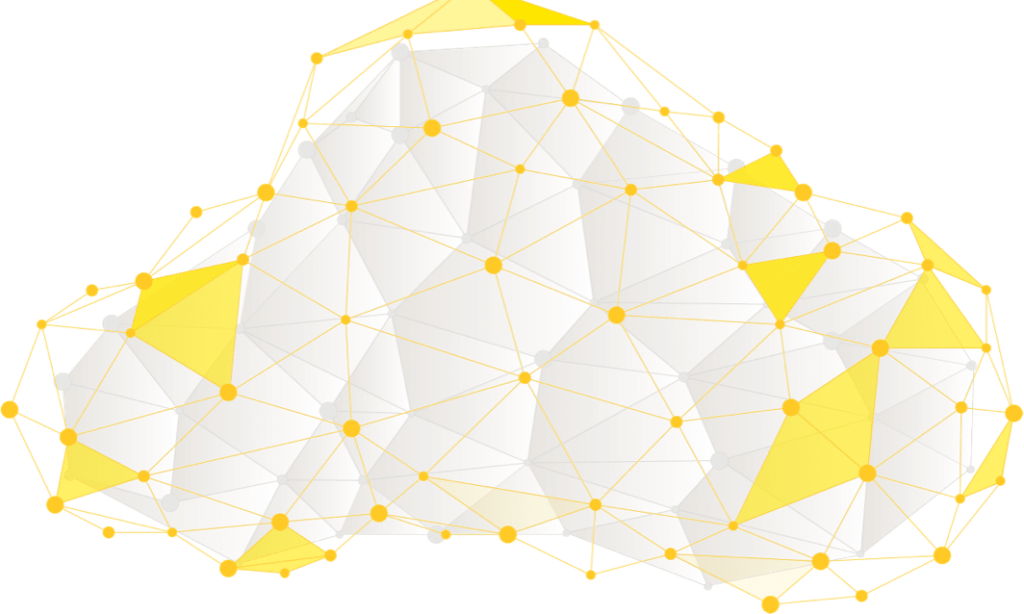Utilities
- Home
- Utilities
With a market size of $652.8bn in 2021 in the United States alone, utilities is one of the biggest industries worldwide. However, it has been slow in adopting AI because of its sheer size and large supply and distribution networks. But now the industry is set to embrace the AI revolution. One main reason for this is that the industry collects enormous amounts of data from hundreds of thousands of sensors and AI has the potential to analyze this data at-scale and derive actionable insights.

What AI Can Do?
- Intelligent Load Forecasting
- Predictive Maintenance
- Fraud Detection
Load forecasting is an important use case for utility companies. Based on load forecasts, utility companies estimate likely future demand and make arrangements accordingly. An inaccurate forecasting estimate can either eat into the profits of the company or result in demand-supply mismatch causing distress to customers. By leveraging machine learning methods, such forecasting can be done accurately based on past data. Further, forecasting can be made more robust by including external context such as temperature, population densities, population growth rate, migration patterns etc.
Supply lines are critical to supply of any utility and any damage results in suspension of service and downtime, causing inconvenience for the customers. Using data collected from sensors, machine learning methods can predict when supply lines may require maintenance and/or repair. This can help utility companies intelligently schedule maintenance and minimize downtime for customers. Further, in the long term, machine learning methods can also pinpoint the causes of any degradation in supply lines; helping utility companies further improve their service.
In large urban areas, with high density of population, utilities generally have to absorb high losses due to fraudulent activities that go unnoticed. It has been estimated that the global cost of electricity theft is $89.3 billion per year. There are a variety of methods through which fraudulent use of electricity may be achieved: directly tapping the line, bridging the terminals of the electricity meter or tampering with the meter in some other way. This problem is particularly acute in developing countries like India, Brazil and Pakistan. The Indian state of Maharashtra alone loses $2.8 billion per year in electricity fraud.
Fraud detection is harder to detect in electrical systems due to presence of natural line losses i.e., energy lost due to factors such as low power factor and high inductive load at consumer end, high resistance of cables used for transmission, low quality transformers and other such reasons. These myriad of losses are especially relevant in legacy electricity supply systems such as present in India and Pakistan. One key reason for prevalent electricity theft in India and Pakistan is that generally electricity fraud is not caught at an early stage, and this results in popularization of the practice among other people in the locality. Artificial Intelligence and machine learning methods enable early detection and smart localization of electricity theft. This helps electricity inspectors build strong cases and curb the cases. In addition to preventing electricity theft, digitization of the electric supply system also has tangential benefits such as lower line losses and lower downtimes.







